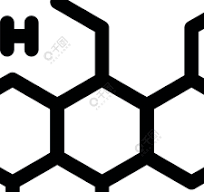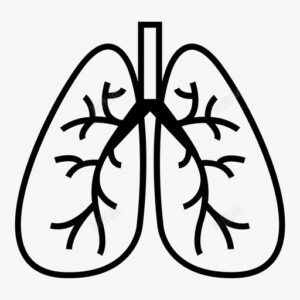Cefazolin Sodium for Injection
Effects and efficacy: This product is suitable for the treatment of respiratory tract infections such as bronchitis and pneumonia caused by sensitive bacteria, urinary tract infections, skin and soft tissue infections, bone and joint infections, sepsis, infective endocarditis, hepatobiliary system infections, and eye, ear, nose, throat and other infections. This product can also be used as a preventive drug before surgery. Note that this product is not suitable for mid-spine nervous system infections; it has poor efficacy for chronic urinary tract infections, especially those with urinary tract anatomy abnormalities, and is not suitable for the treatment of gonorrhea and syphilis.
Usage and Dosage: The common dose for adults is intravenous slow push, intravenous drip or intramuscular injection, 0.5-1g at a time, 2-4 times a day, and severe infections can be increased to 6g a day, divided into 2-4 intravenous administrations. When this product is used to prevent postoperative infection, it is generally intramuscularly injected or intravenously administered 1g 0.5-1 hour before surgery. If the operation time exceeds 6 hours, 0.5-1g is added during the operation, and 0.5-1g is added every 6-8 hours after surgery until 24 hours after surgery. The usual dose for children is 50-100 mg/kg per day, divided into 2-3 times for slow intravenous push, intravenous drip or intramuscular injection. Medication for patients with impaired renal function When the creatinine clearance of adults with impaired renal function is greater than 55 mL/min, they can still be given at normal doses; when the creatinine clearance is 35-54 mL/min, the regular dose is once every 8 hours or longer intervals; when the creatinine clearance is 11-34 mL/min, once every 12 hours, use 50% of the regular dose; when the creatinine clearance is less than 10 mL/min, once every 18-24 hours, use 50% of the regular dose. The first dose for all patients with varying degrees of renal impairment is 0.5 g. Please follow the doctor’s advice for medication details. When children with renal impairment use cefazolin, first give 12.5mg/kg, followed by maintenance doses. When the creatinine clearance is above 70mL/min, it can still be given at normal doses; when the creatinine clearance is 40-70mL/min, give it once every 12 hours at 60% of the regular dose; when the creatinine clearance is 20-40mL/min, give it once every 12 hours at 25% of the regular dose; when the creatinine clearance is 5-20mL/min, give it once every 24 hours at 10% of the regular dose. Please follow the doctor’s instructions for medication details. Suitable solvent: Intramuscular injection: 0.5-1g dissolved in water for injection or 0.9% sodium chloride or 1% lidocaine injection 2-4mL. Intravenous injection: 0.5-1g dissolved in water for injection or 0.9Chemicalbook% sodium chloride or 1% lidocaine injection 10mL. Intravenous drip: 1-2g dissolved in 0.9% sodium chloride or 5%-10% glucose injection 100-250mL.
Adverse reactions:
Side effects such as nausea and vomiting may occur after taking the drug. In addition, serious adverse reactions may also occur, such as shock, allergic reaction, granulocytopenia, hemolytic anemia, thrombocytopenia, severe skin damage, interstitial pneumonia and spasm. If the above side effects occur, please inform the doctor or nurse in time. It may be necessary to stop the drug and take treatment measures. The incidence of adverse reactions to cefazolin is low. The thrombophlebitis and pain in the intramuscular injection area caused by intravenous injection are less and milder than those of cephalothin; the incidence of drug rash is 1.1%, the incidence of eosinophilia is 1.7%, and allergic reactions manifested by drug fever alone are only occasionally reported. This product can cause renal tubular damage in experimental animals. Clinically, this product has no liver damage, but some patients may have temporary elevation of serum aminotransferase and alkaline phosphatase. Patients with renal impairment may experience encephalopathy when using high doses (12g per day) of cefazolin. Superinfection with Candida albicans is rare.
Drug contraindications:
Allergic to this product is prohibited for newborns, prohibited during lactation, prohibited during pregnancy
Share:
Products
Our offers
Health Classification
Let us work together to protect precious health






























